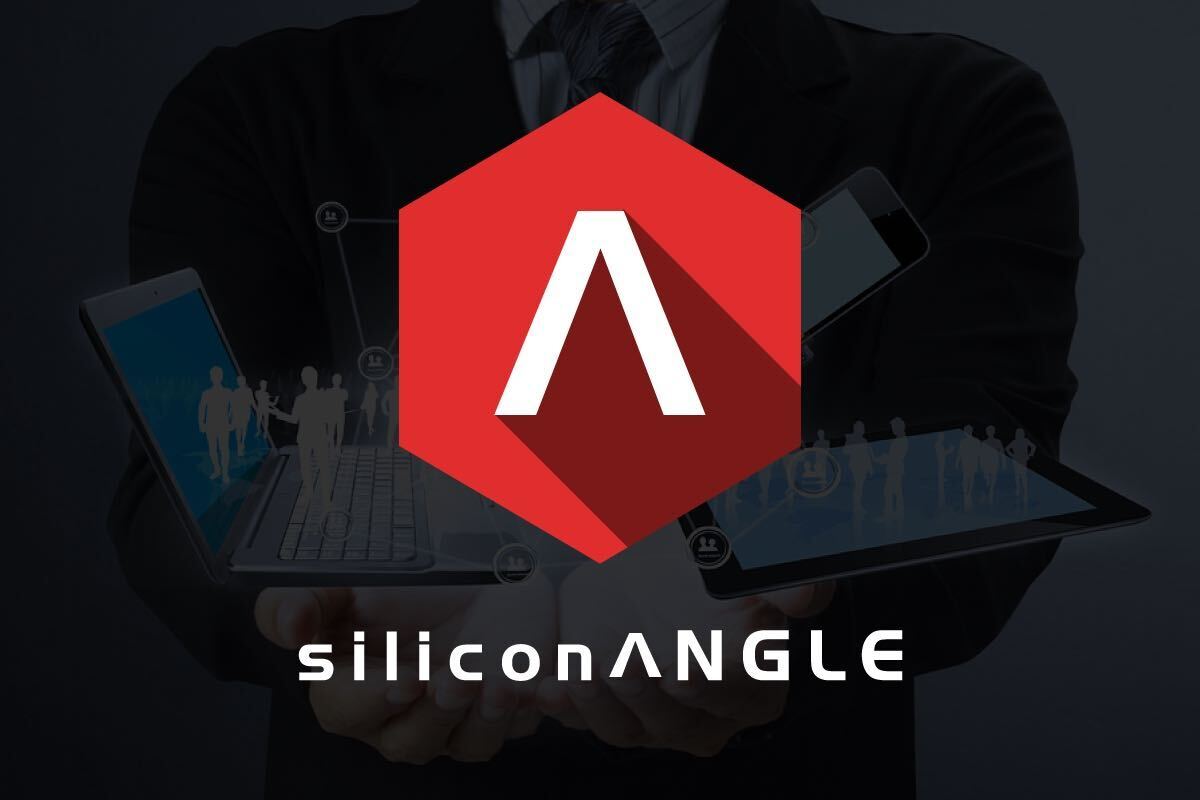


Oracle CEO
Photo courtesy of Hartmann Studios
On day four of Oracle OpenWorld 2012, Wikibon cofounder and senior analyst Dave Vellante talked about the overall assessment of Oracle OpenWorld 2012, Oracle’s new strategy on cloud computing, virtualization, infrastructure as a service and who are Oracle’s biggest competitors are now. He also noted EMC’s strategy on the flash storage array. (Watch Vellante’s full commentary in a video below.)
EMC used much of its keynote time at Oracle’s OpenWorld conference in San Francisco on day four to talk about its forthcoming all-flash storage array, which is the result of its recent Israeli flash-memory startup XtremIO acquisition.
Jeremy Burton, executive VP and chief marketing officer at EMC, said his company is trying to cover a wide range of flash-based storage solutions. These would be ideal for customers with large volumes of data to be accessed constantly, random IO patterns and consistently high performance.
Oracle continues investing in its online database and fusion apps combined with efficient hardware, but as Vellante noted, they are now eyeing the cloud. During the opening of Oracle OpenWorld, the company’s CEO, Larry Ellison announced Oracle Database 12c, database multitenancy seeking greater control, safety and efficiency for services delivered in cloud.
Ellison explained that the traditional structure of a database directs a memory for each piece of software such as Enterprise Resource Planning (ERP) and Customer Relationship Management (CRM). The executive says that while other manufacturers in the market incorporate multitenancy capability at the application layer, Oracle performs the task in the database.
For example, Oracle’s founder said this would be the first database of multiple rentals in the world, although in reality the service is already offered by other suppliers. He also said that the new hardware can transfer data twice as fas as EMC or IBM machines, at an eighth of the cost.
Ellison said that all the company’s software is written in Java, which is used widely across multiple platforms including cloud software, mobile, and connected devices.
He then talked big data. The big data infrastructure is based on Oracle technology, Exadata, Exalogic, and supercluster servers running on an Infiniband network, making it extremely reliable, scalable and secure.
The Exadata X3, introduced by Ellison as the hardware version of the Oracle cloud is the new generation of technology infrastructure with Oracle’s in-memory, memory incorporates 26 terabytes (4TB and 22TB of DRAM cache memory) in a single rack. In addition, its high compression capability allows saving up to 10 times higher storage costs and through increased speed and throughput, reduced power consumption estimated between 10 and 30%.
Oracle is getting serious about the business of cloud technology. They plan to go up against Amazon and Google, two heavyweights in this arena, offering better security options, best practices and more reliable service quality. They also want to target companies, not individuals. But as Vellante noted, Oracle will face tough competition from IBM, Microsoft, Cisco, Intel, VMware and EMC.
Support our mission to keep content open and free by engaging with theCUBE community. Join theCUBE’s Alumni Trust Network, where technology leaders connect, share intelligence and create opportunities.
Founded by tech visionaries John Furrier and Dave Vellante, SiliconANGLE Media has built a dynamic ecosystem of industry-leading digital media brands that reach 15+ million elite tech professionals. Our new proprietary theCUBE AI Video Cloud is breaking ground in audience interaction, leveraging theCUBEai.com neural network to help technology companies make data-driven decisions and stay at the forefront of industry conversations.